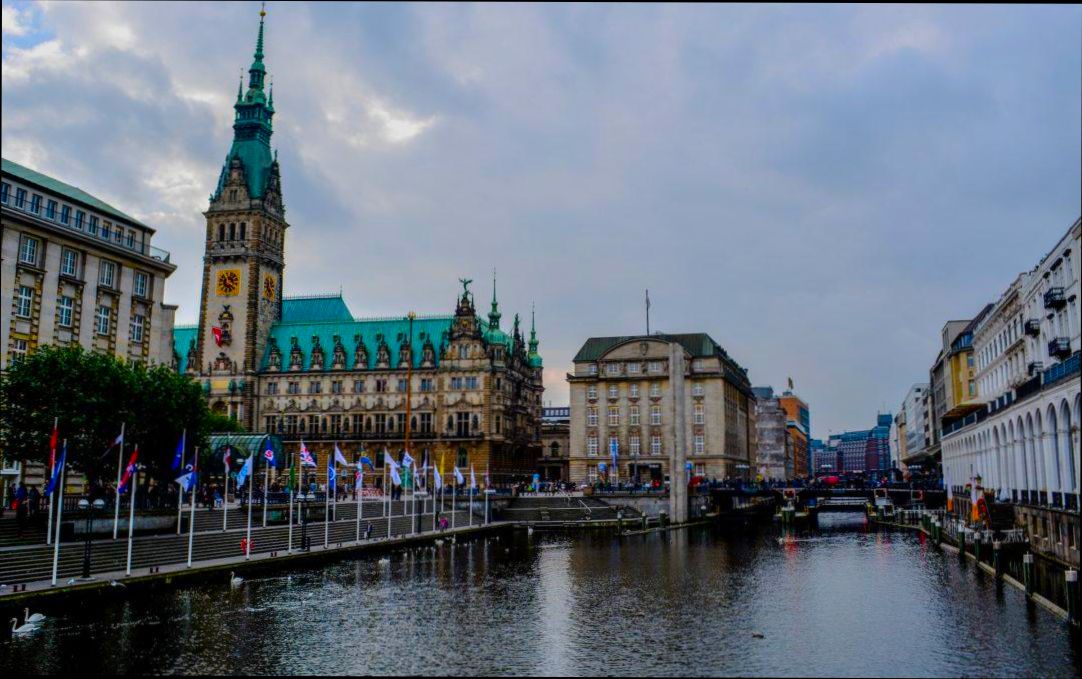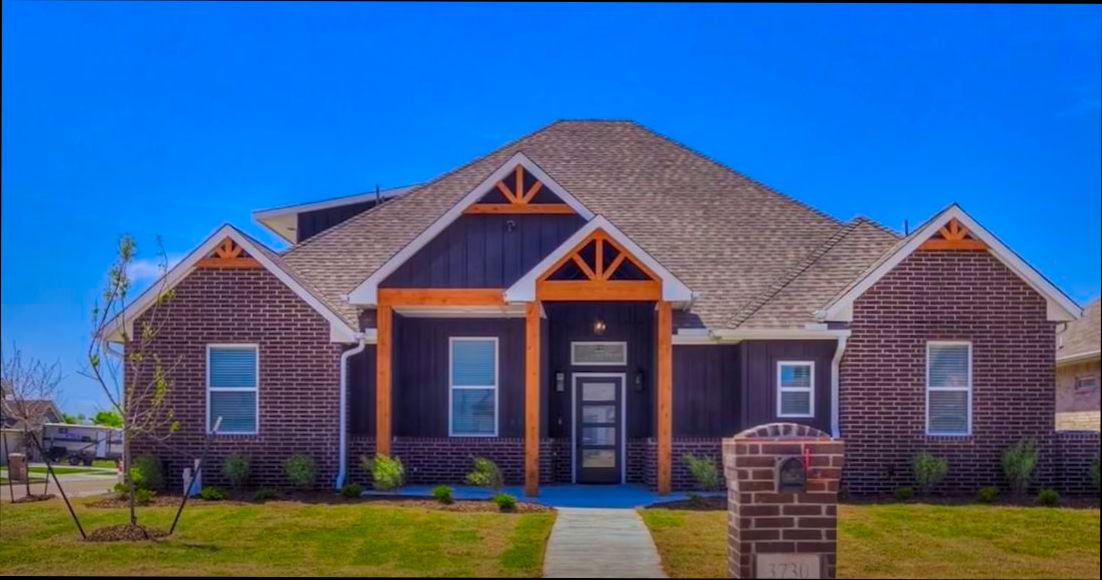Pros and Cons of Living in Hamburg can really paint a vivid picture of life in Germany’s second-largest city. On the plus side, you can’t beat the vibrant cultural scene—actually, over 100 theaters and countless museums call Hamburg home. Plus, the city’s got a killer waterfront, with the picturesque Speicherstadt, a UNESCO World Heritage site, providing an awesome backdrop for your weekend strolls. And if you’re a foodie, the fish market is a must-visit; just imagine fresh herring sandwiches while soaking in the lively atmosphere every Sunday morning!
But let’s not gloss over the challenges. The weather is a real mixed bag—rainy days often outnumber the sunny ones, and it can feel damp and chilly, especially in winter. You’ll also want to brace yourself for the cost of living. Rents in neighborhoods like Eppendorf or Altona can quickly hit your wallet hard, often totaling around €15 per square meter. Plus, navigating the public transportation system, while efficient, might feel overwhelming at first with all those U-Bahn and S-Bahn lines crisscrossing the city.
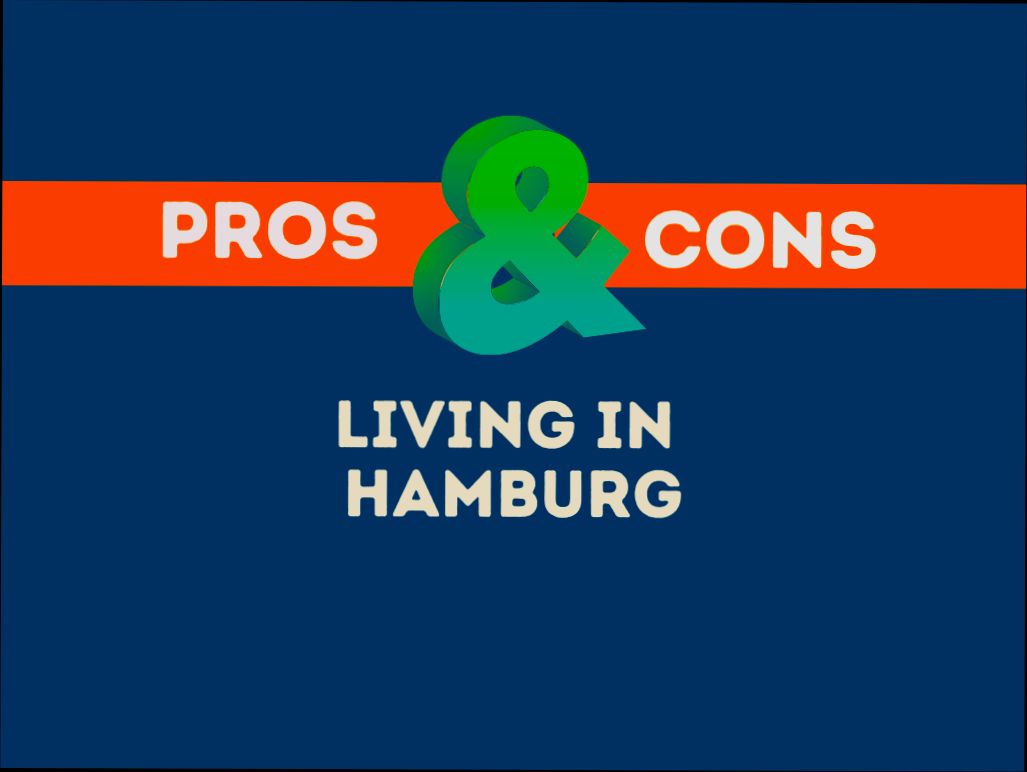
Cost of Living Analysis in Hamburg
Living in Hamburg can be a thrilling experience, but the cost of living is a key factor to consider. I’m here to break down this aspect for you, focusing on specific expenses that come with life in this vibrant city.
Housing Costs
Housing typically takes the largest chunk out of your monthly budget. In Hamburg, the average rent for a one-bedroom apartment in the city center is around €1,200, while outside the center, it drops to about €900. If you’re considering larger spaces, a three-bedroom apartment will run approximately €2,200 in the city center and around €1,600 on the outskirts.
Transportation Expenses
Getting around Hamburg is fairly convenient, but it does come with costs. A monthly public transportation pass is priced at about €100, which grants you unlimited access to buses, trains, and ferries. Alternatively, if you prefer using a bicycle, consider the savings on maintenance compared to car ownership, where you might spend upwards of €400 a month on fuel and parking.
Grocery Prices
When it comes to daily essentials, grocery prices here can vary. For instance, a loaf of bread costs roughly €2, while a liter of milk is around €1.20. Here’s a quick snapshot of some common grocery items:
| Item | Price (€) |
|---|---|
| Bread (500g) | 2.00 |
| Milk (1L) | 1.20 |
| Eggs (12) | 3.00 |
| Chicken (1kg) | 7.00 |
| Apples (1kg) | 3.50 |
Dining and Entertainment
Eating out can be a delightful part of living in Hamburg, but it varies widely in price. A meal at a mid-range restaurant tends to be about €15-€25, while a fast-food combo will set you back around €8-€10. If you’re planning a night out, budget for €5-€10 for a beverage at a local bar.
Real-World Examples
Consider Sarah, who recently relocated to Hamburg for work. Her monthly bills, including rent, transportation, and groceries, total about €2,500. This figure includes her regularly visiting local markets and indulging in the city’s culinary scene on weekends.
Then there’s Mark, who shares an apartment with a roommate. By splitting rent and other shared expenses, their total monthly contribution drops to approximately €1,600 each, demonstrating that cohabitation can significantly alleviate the financial burden.
Practical Implications
When moving to Hamburg, it’s crucial to create a budget that reflects these living costs. I recommend:
- Tracking your expenses: Use apps to keep tabs on your monthly spending.
- Exploring different neighborhoods: Research areas that match your lifestyle without breaking the bank.
- Utilizing public transport: Consider the cost-effectiveness of transportation options versus commuting by car.
By understanding these factors, you can make informed decisions and enjoy your time in Hamburg without constant financial stress. Living smartly here might mean taking advantage of local markets and seasonal offers, allowing you to enjoy everything this city has to offer.

Cultural Richness and Diversity Benefits
Living in Hamburg offers a unique opportunity to immerse yourself in a vibrant cultural landscape. The city’s rich tapestry of traditions, languages, and arts creates an enriching environment that can enhance your everyday life. Let’s dive into how the cultural richness and diversity of Hamburg can benefit you.
A Hub of Multiculturalism
Hamburg is home to around 1.8 million residents, with approximately 20% originating from various international backgrounds. This diversity not only adds vibrancy but also provides a platform for unique cultural exchanges.
- Culinary Variety: You can taste authentic dishes from around the globe. Whether you fancy Turkish kebabs, Vietnamese pho, or Italian pasta, Hamburg’s culinary scene is a reflection of its multicultural populace.
- Festivals and Events: The city hosts over 100 cultural festivals each year, celebrating traditions from around the world. The International Peace Market and Latin America Festival spotlight various cultures, allowing you to engage and learn.
Data on Cultural Engagement
Let’s look at some impressive statistics that demonstrate Hamburg’s cultural richness:
| Aspect | Data |
|---|---|
| Percentage of Foreign Population | 20% |
| Number of Cultural Festivals | 100+ |
| Museums and Galleries | 60+ |
| Languages Spoken | Over 100 |
Real-World Examples
Consider the “13th Hamburg Dom,” a festival that attracts millions each year with its blend of food, music, and games influenced by diverse cultures. Attending this event allows you to partake in traditional customs while also enjoying modern attractions.
Additionally, the “Nacht der Museen” (Night of Museums) event opens doors to over 50 museums, showcasing everything from contemporary art to historical artifacts, allowing you to experience multiple cultures in one night.
Actionable Implications for You
- Explore Diverse Neighborhoods: Spend weekends roaming neighborhoods like St. Pauli and Altona, known for their cultural diversity, quirky boutiques, and multination cuisine options. Each area has its character and stories waiting to be discovered.
- Engage with Cultural Institutions: Take advantage of discounts offered by museums and theaters for students and residents, making it easier to dive into the city’s rich cultural offerings.
- Join Community Events: Participate in various workshops and community events that focus on different cultural heritages. This can provide insight into various traditions and even relationships with locals.
Specific Advice
Embrace the cultural diversity by trying something new each week—be it visiting a different cultural festival, attending an international cinema screening, or joining a language exchange group. Not only will you enhance your understanding of the world, but you’ll also create personal connections that can enrich your experience in Hamburg.

Public Transportation Efficiency and Challenges
When considering a move to Hamburg, understanding the intricacies of its public transportation system is crucial. This section dives into how efficient the system is while also addressing the challenges you may encounter.
Efficiency of the System
Hamburg boasts one of the most extensive public transport networks in Germany. Here are some key aspects regarding its efficiency:
- Coverage: The network includes over 1,800 kilometers of bus and train routes, connecting various neighborhoods and key suburbs.
- Frequency: Trains and buses operate frequently, with intervals during peak hours often as short as 5-10 minutes.
- Accessibility: About 90% of the city’s public transportation stations are wheelchair accessible, making it convenient for everyone.
Challenges Faced
While the efficiency is impressive, the public transportation system also faces notable challenges:
- Overcrowding: In peak hours, certain lines can see ridership levels that exceed capacity by as much as 20%. This often leads to discomfort and longer wait times.
- Infrastructure Maintenance: Periodic maintenance can disrupt services. For example, in 2022, around 12% of scheduled services were disrupted due to maintenance projects.
- Environmental Impact: While public transport is cleaner than personal vehicles, it still faces criticism for its carbon footprint, especially as Hamburg works to become a more sustainable city by 2030.
| Metric | Efficiency | Challenge |
|---|---|---|
| Coverage | 1,800 km | Overcrowding in peak hours |
| Train/Buses Frequency | 5-10 minutes | 12% service disruptions yearly |
| Accessibility | 90% wheelchair access | Environmental impact concerns |
Real-World Examples
Take the U-Bahn line U3, which runs through central Hamburg. Despite its high frequency, it often experiences overcrowding, especially during rush hours when commuters frequently report feeling cramped. Additionally, the recent construction projects aimed at expanding the line have temporarily halted service for up to three months, frustrating daily travelers.
Another example can be seen in the city’s ferry services, particularly the line connecting Landungsbrücken to Blankenese. While scenic and a unique aspect of Hamburg’s transit options, it’s often delayed during busy tourist seasons due to heavy usage.
Practical Implications for You
As you navigate Hamburg’s public transportation system, consider the following tips:
- Plan Ahead: Use apps like HVV (Hamburg’s transport app) to check real-time schedules and service updates.
- Avoid Peak Hours: Whenever possible, try to travel outside of rush hours to minimize the risk of overcrowding.
- Consider a Transport Pass: Evaluate options like the Hamburg Card, which can offer discounts for multiple rides and attractions.
Actionable Facts
- Invest time in downloading transportation apps to stay updated on schedules and potential delays.
- Make use of alternative routes or lines if you frequently experience delays or overcrowding.
- Familiarize yourself with quieter travel times to enhance your commuting experience in this bustling city.
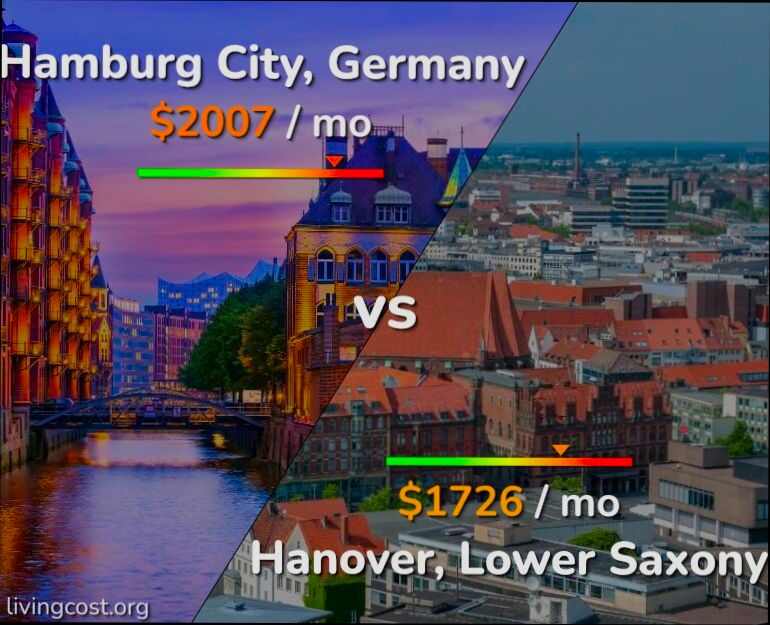
Weather Conditions Impacting Daily Life
Living in Hamburg means experiencing a distinctive climate that greatly influences daily activities and planning. From ways to dress appropriately for the weather to how it affects leisure and work routines, understanding Hamburg’s weather conditions can enhance your experience in the city.
The Climate: What to Expect
Hamburg experiences a maritime climate, characterized by mild winters and cool summers. However, you should be prepared for frequent rain, which can occur year-round. On average, Hamburg sees around 133 rainy days annually, leading to a prevalent drizzle rather than heavy downpours.
- Winter (December to February): The average temperature hovers around 2°C to 5°C (36°F to 41°F), with cloud cover often dominating the sky.
- Summer (June to August): Expect temperatures between 15°C to 25°C (59°F to 77°F), but it’s not unusual for sudden rain showers to disrupt sunny days.
Sunshine and Daylight Hours
One of the significant impacts of weather on daily life in Hamburg is the variation in daylight throughout the year. During winter, daylight can last as little as 7 hours, whereas summer days can extend for up to 17 hours. This fluctuation can affect your mood and activities, with many residents taking advantage of longer summer evenings for outdoor festivals and gatherings.
Table: Average Weather Conditions in Hamburg
| Month | Avg. Temperature (°C) | Rainy Days | Daylight Hours |
|---|---|---|---|
| January | 3 | 19 | 7 |
| March | 5 | 15 | 11 |
| June | 17 | 11 | 16 |
| August | 20 | 10 | 15 |
| November | 6 | 18 | 8 |
Real-World Examples
In winter, the cold and dampness can lead to seasonal affective disorder (SAD) for some residents. Many people find it beneficial to invest in light therapy lamps to combat feelings of lethargy. Interestingly, the vibrant café culture thrives, as locals often gather indoors to enjoy hot drinks during dreary days.
Conversely, summer rain is often met with a “let’s make the best of it” attitude. You might notice pop-up events or open-air markets embracing the unpredictability; locals often carry umbrellas to be prepared for sudden showers without letting it dampen their spirits.
Practical Implications
To make the most of Hamburg’s ever-changing weather, consider these actionable insights:
- Dress in Layers: The temperature can shift throughout the day. Dressing in layers allows you to adapt quickly to changing conditions.
- Stay Informed: Use reliable weather apps to stay ahead of unexpected changes in weather—this habit can help you plan your commute or outdoor activities more effectively.
- Engage with the Community: Join local groups or classes focused on weather-sensitive activities, such as sailing in summer or cozy book clubs in winter.
By understanding these weather conditions and their impact on daily life, you can navigate Hamburg with confidence and enjoy everything this city has to offer, rain or shine.
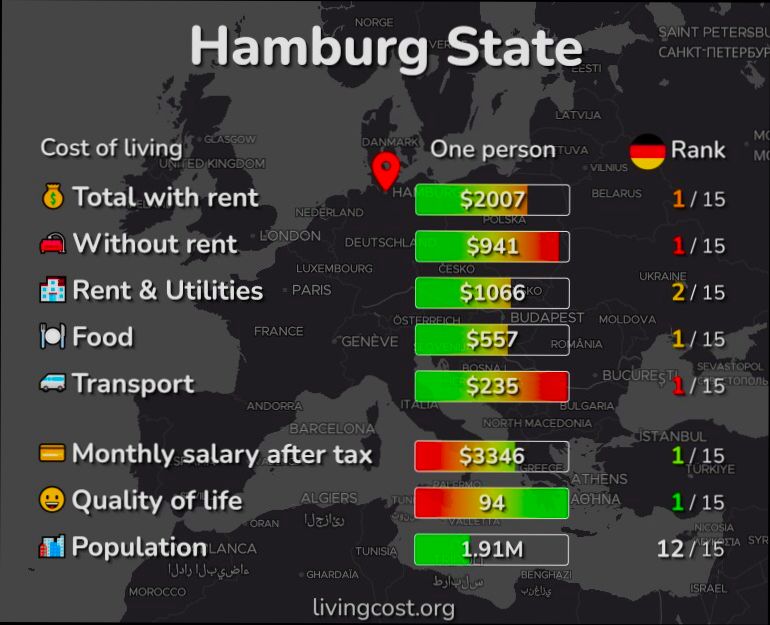
Housing Market Trends and Affordability
The housing market in Hamburg has seen some significant developments recently, making it crucial for future residents to stay informed. Trends in the real estate sector directly impact affordability and availability of housing options, which are key considerations when deciding to move here.
Current Trends in the Housing Market
- Rising Property Prices: Over the past few years, property prices in Hamburg have increased by approximately 7% annually, highlighting a competitive real estate environment. This rise is primarily driven by demand outpacing supply.
- Rental Market Saturation: Renting remains popular in Hamburg, with rental prices having surged nearly 20% in inner-city areas over the last five years. This can make finding affordable rental options challenging.
- Increased New Developments: The city council is pushing for more new housing developments to counteract the rising prices. Recent plans indicate an increase in construction permits by 15% in the last year, aiming to add thousands of new apartments to the market.
Comparative Housing Market Overview
| Housing Type | Average Price (per m²) | Average Rent (per m²) | Yearly Price Growth |
|---|---|---|---|
| City Center | €4,500 | €18 | 7% |
| Suburbs | €3,000 | €12 | 5% |
| Luxury Properties | €6,500 | €25 | 10% |
| Student Housing | €2,500 | €9 | 8% |
Real-World Examples
A couple, looking to rent in the Ottensen district, recently reported that they faced stiff competition and had to increase their budget by 15% compared to their original expectations. On the other hand, a family opting for a larger apartment in the Altona area noted that they benefited from the influx of new developments, securing a suitable home at a price that was lower than similar properties in more central locations.
A young professional shared their experience of purchasing a condominium in the Hafencity district. They noted that due to the rising prices, it was crucial for them to act quickly on listings, securing their property before anticipated price hikes. They mentioned the importance of monitoring market trends closely and being prepared for potential bidding wars.
Practical Implications
If you are considering relocating to Hamburg, here are some actionable steps you can take to stay ahead in this rapidly changing market:
- Monitor Market Trends: Keep an eye on local real estate platforms and market reports to understand price fluctuations.
- Budget Flexibly: Given the rising rental and property prices, be prepared to adjust your budget according to current market rates.
- Explore Locations: Consider areas slightly outside the city center where housing might be more affordable but still offer great connectivity.
Staying informed and proactive about your housing options can certainly ease the transition to living in Hamburg, making for a smoother experience as you navigate the city’s housing landscape.

Safety and Security in Hamburg Living
When it comes to living in Hamburg, safety and security are top of mind for many residents. Understanding the local crime statistics, personal safety measures, and community resources can significantly influence your overall sense of well-being in this vibrant city.
Crime Rates and Statistics
Hamburg is considered relatively safe compared to other major cities in Germany. The overall crime rate has seen a decline, which is encouraging for both current and prospective residents. Here are some key statistics to consider:
- Property Crime: The city reported a per capita property crime rate that is approximately 6% lower than the national average.
- Violent Crime: Violent crime accounts for only about 10% of total offenses, indicating that serious incidents are infrequent in everyday life.
- Police Presence: With a police officer-to-population ratio of 1:380, Hamburg maintains a solid local law enforcement presence, contributing to public safety.
Safety by Neighborhood
It’s important to note that safety can vary by neighborhood. Here’s a brief comparison of a few districts based on safety perceptions:
| Neighborhood | Safety Rating | Type of Area |
|---|---|---|
| Altona | High | Residential & Cultural |
| St. Georg | Moderate | Trendy & Diverse |
| Harburg | Low | Industrial & Urban |
Understanding local characteristics can help you choose the right place to call home.
Real-World Examples
Several community initiatives focus on enhancing safety and fostering a sense of security. For instance:
- Neighborhood Watch Programs: Local residents form groups to monitor suspicious activities, contributing to a stronger community bond and safety net.
- Safety Apps: The city has embraced technology with apps that alert users to criminal activity in real-time, enabling residents to stay informed and vigilant.
These examples showcase how Hamburg’s residents actively participate in maintaining a secure environment.
Practical Safety Tips
To further ensure your safety while living in Hamburg, consider these actionable tips:
- Stay Informed: Regularly check local news for updates on crime and safety.
- Know Your Neighbors: Building relationships within your community can enhance your personal safety.
- Practice Awareness: Remain aware of your surroundings, especially in busy public areas or at night.
Specific Facts
Lastly, it’s worth noting that surveys indicate that around 77% of residents feel safe walking alone in their neighborhoods after dark. This statistic underscores the general sense of security many experience living in Hamburg and highlights that while no place is without risk, most neighborhoods promote a comfortable living environment.

Local Cuisine: A Flavorful Experience
Living in Hamburg offers an exciting journey through its diverse and rich culinary landscape. If you’re a food lover, the local cuisine will definitely enhance your experience in this vibrant city. Let’s dive into some flavorful treasures that make up Hamburg’s gastronomic scene!
Authentic Hamburg Dishes to Explore
- Franzbrötchen: This sweet pastry, resembling a cinnamon roll, is a local favorite that you must try. Many bakeries in Hamburg serve this delicacy fresh daily.
- Fischbrötchen: A quintessential street food item, these fish sandwiches are made with fresh fish, often herring or mackerel, served with onions and pickles in a soft roll. You can find them at numerous stalls along the harbor.
- Labskaus: A traditional sailor’s dish made from corned beef, potatoes, and onions, it’s usually garnished with pickled beetroot and a fried egg. It’s a unique experience for your taste buds!
Culinary Scene Statistics
Hamburg’s local cuisine is supported by a variety of dining options and initiatives that promote local ingredients:
- Approximately 70% of restaurants prioritize local, seasonal ingredients.
- The city hosts over 1,000 food events annually, celebrating everything from seafood to street food.
- Hamburg boasts around 300 different kinds of regional cheeses from local dairies.
| Cuisine Type | Popularity (%) | Average Price (€) | Notable Dish |
|---|---|---|---|
| Seafood | 45% | 10-15 | Fischbrötchen |
| Pastries & Baked Goods | 30% | 2-4 | Franzbrötchen |
| Traditional Dishes | 25% | 8-12 | Labskaus |
Real-World Culinary Experiences
- Local Markets: Visit the historic Fischmarkt on Sunday mornings for fresh seafood and local delicacies. It’s not just about food; it’s an experience filled with music and a vibrant atmosphere.
- Dining Festivals: Participate in the annual Restaurant Tage, which offers special deals at participating restaurants. It’s a great opportunity to sample a range of local dishes at a reasonable price.
Practical Implications for Food Enthusiasts
If you are considering embracing Hamburg’s local cuisine, here are some actionable tips:
- Try Local Markets: Shopping at local farmers and food markets can support local producers and give you a taste of fresh, seasonal produce.
- Join Culinary Tours: Various guided food tours can introduce you to hidden gems and popular spots, offering tastings along the way.
- Learn Cooking: Many local chefs offer workshops where you can learn to make traditional Hamburg dishes, enhancing your connection to the local culinary culture.
- Discover a dish at a local restaurant that resonates with you and try to recreate it at home, adding your personal twist to it!
Exploring Hamburg’s local cuisine presents a flavorful experience that not only satisfies your palate but also connects you with the city’s unique local culture. Don’t miss the chance to engage with various culinary experiences during your stay!
